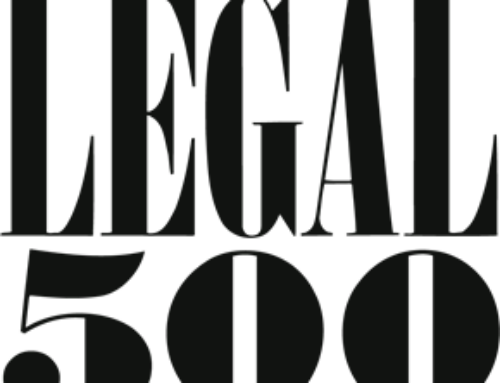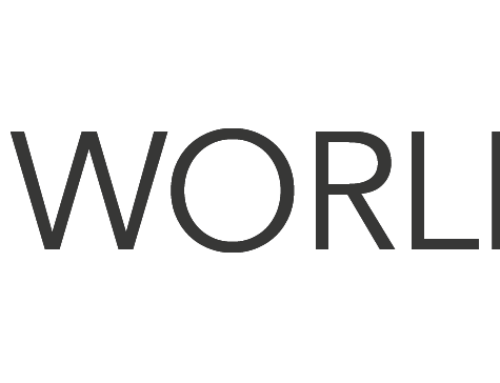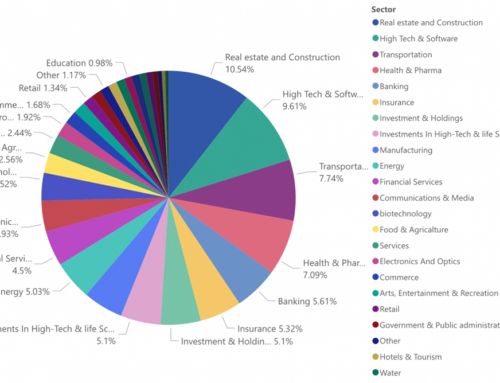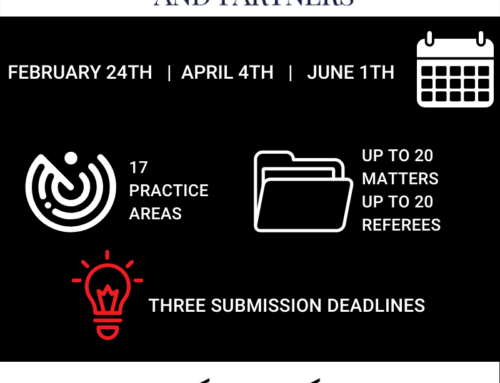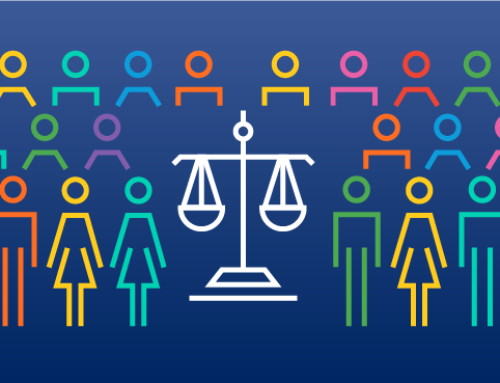Based on an article by Professor Todd Rogers – “Why No One Is Reading Your Coronavirus Emails”
Written by Tzlil Eliyahu-Tal
Like everyone else, I have been inundated lately with “Coronavirus updates” of all types and from multiple bodies, organizations, doctors, experts and so on – all trying to send me information. Apparently, everybody has something smart, original and relevant to share with me but the vast majority of updates get lost along the way.
If there is one insight to remember for “update senders,” it is: keep it simple. Keeping it simple is challenging enough on “normal” days, but it becomes even more so in this new difficult reality of uncertainty and changing facts.
Attention Spans
During our regular routine, and now more than ever, people are forced to face a number of constraints. Firstly, our ability to pay attention (without even mentioning Generation Y / Millennials and other generational divisions) is limited. The attention we give to certain matters may diminish and disappear easily. In fact, we are unable to concentrate on several things at once, even though we think we can. In the age of multitasking, notifications and stimuli, it becomes even more difficult. So, when we are faced with a long, convoluted message, the chances are low that we will read and understand it, let alone remember it.
Very limited time
Secondly, people have very limited time on typical days and even more limited time during an emergency situation, such as a pandemic. We are rushing from task to task, professionally and personally, and are experiencing some level of constant worry brought on by the incessant reporting and ever-changing guidelines. So how can we be surprised that we have no time to read these updates, as important and interesting as they are? If you complicate them further with fancy language, the results are inevitable – no one will read them.
An experiment was conducted by experts in the behavioral and educational sciences in a school district where a notice was sent out to parents to bring down their children’s absences from school. The notice was written at a U.S. college reading level and contained 342 words in a seven-point font. The experts then wrote the notice at a fifth grade reading level, in 14-point font with half the original number of words. 131,312 families received one of the notices, with the simple version written by researchers being more than 40% effective in reducing absences over 30 days than the original, long, cumbersome version. Based on these results, writing with an understanding of how people work and behave, and tailoring it to the mental and physical state that they are in, will be more effective than writing with the sole purpose of conveying information.
So what can be done during the Coronavirus situation to make critical client updates easier to understand so that people read them?
- Use language that is as accessible and simple as possible.
- Try to shorten the content of the update or newsletter you intend to send. The shorter they are the more likely they will be read.
- Use a large font size. This will force you to shorten lengthy text and make it easier for readers, especially those with visual impairments.
- Avoid unnecessary spaces and images in the text. They only interfere with the message you are trying to convey.
- Use a neat and clear format and structure. Divide the content into sections using headings and make sure that the content is relevant and matches the heading. (You can use bold text for headings).
- Try your text out on at least one person, preferably someone with similar characteristics to your target audience, before you send it out.
- Consider using short videos or podcasts, in line with the latest trends, which integrate well with the benefits of social media.
Applying it all
Now comes the hard part – applying everything. Remember, communication is important during a time of crisis. People are eager for information and it is better for them to hear it from you than from your competitors.
Firms that are operating today and are able to effectively communicate their messages will strengthen their brand and reap the benefits when the crisis is over.
